Q1. What are some of the top trends in DNS security from a threat standpoint? How have DNS threats evolved over the last several years?
The biggest on-going DNS threat is still the DDoS attack - and over recent years, with the onset of the IoT enabled devices, the threat has developed a new potency. To draw one positive, the fact that the DNS continues to be a target is forcing businesses to take notice of this overlooked, yet increasingly important area of cyber security.
A prime example of this new level of threat is the Mirai botnet. By infecting IoT devices to form a botnet, they were able to launch a coordinated attack known as DNS Water Torture. A recursive, random-subdomain attack that simply floods a target's authoritative name servers, the result is popular sites becoming unreachable for hours despite being up and running normally.
And this is just the beginning. By 2020, there is set to be 20 billion IoT devices and IoT botnets are becoming more sophisticated already. Attacks peaking at 300 Gbps, 400 Gbps, and 500 Gbps were more common in 2018 than ever before. This says to us that the type of security threat is staying consistent - but the size of the attack or the intensity of it is growing in intensity and organizations need to beef up their security systems to deal with this.
Q2. What are some of the requirements for resilient DNS security?
To ensure resilient and strong DNS security, you need to combine protection, forensic analysis and mitigation. According to research, two-thirds of DNS traffic logs analyzed showed signs of malicious activity. Therefore, being able to monitor the DNS traffic in real time, or near time, is crucial to protecting your network.
By monitoring traffic going through your recursive server, you can reveal infected machines on your network. This could include those [systems], which may have become part of a botnet and are sending spam, or those contacting a command-and-control domain after they've been infected with malware. Data exfiltration through DNS tunnelling is another big security blind spot that many customers ask us to solve for them.
Secondly, being able to forensically analyze previous intrusions, spam runs, phishing campaigns, command-and-control malware and other attacks involving the DNS, means you will be able to mitigate against future attacks.
Q3. Why is being at Black Hat Europe 2018 important for Nominet? What are you hoping attendees will learn about your company at the event?
Black Hat Europe is the gold standard in events for the security professional and it's more important than ever that we are in attendance. The amount of industry insight, training, briefings, and information on offer is vast and invaluable in this era of the ever-evolving threat.
We hope delegates will learn that as the long-term guardians of the .UK namespace, we have unparalleled expertise in DNS technology. We want to communicate just how important it is for CISOs, Security Architects, Security Analysts and other cyber security professionals, to look to the DNS to understand and eliminate many threats that overwhelm their network and their resources. We can help organizations spot and block known and unknown threats regardless of how well hidden they are amongst the noise.








